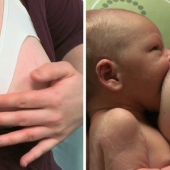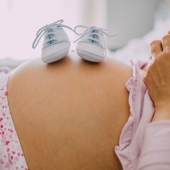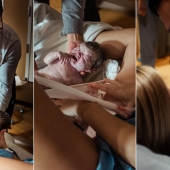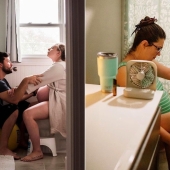One in eight babies will need help to be delivered vaginally. The doctor or the midwife may decide that you need an assisted vaginal birth if you are very tired, if the baby is distressed or the baby is not progressing.
The doctor or the midwife can define if you need an assisted birth by examining you to see if your cervix is fully dilated.
The two instruments that are most likely to be used are forceps, which is like two large salad blades with a curve at the end, and the curve is just to protect the baby head during the delivery.
Or you can have a ventouse delivery which is a pump and a suction cup attached to the end that’s placed at the top end and back of the baby’s head and that’s used to deliver the baby.
An episiotomy is a cut that is given to the perineum, this is just a cut at a 90 degree angle, which gives more room for the baby to come out and to apply any instruments.
What are the risks of a ventouse or forceps birth?
- Vaginal tearing or episiotomy
- Third- or fourth-degree vaginal tear
- Higher risk of blood clots
- Urinary incontinence
- Anal incontinence
You can’t always avoid having an assisted birth but there are things you can do to reduce your risks. Things such as being upright during labour, avoiding the use of epidurals, having the support of a partner throughout labour and not pushing too early.
- 5731 views













